Another Loss for Arts Stewardship: La Salle’s Sale
Ruth Osborne
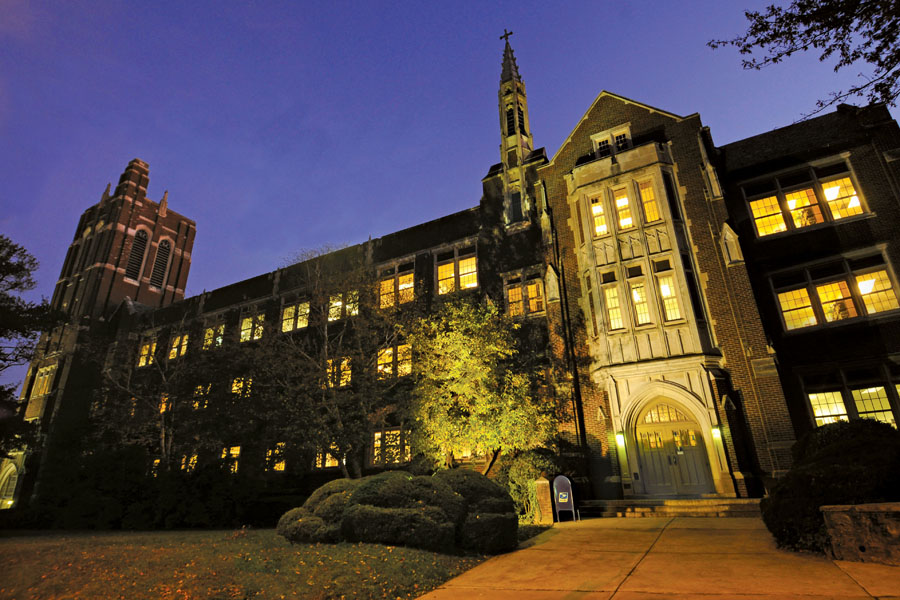
College Hall at La Salle University (Philadelphia, PA). Courtesy: La Salle University.
The art world seems to be laughing (or crying?) at yet another museum’s plan to sell a large chunk of important masterworks from its collection in order to add to their endowment to benefit something other than its art. La Salle University, founded 1863 in Philadelphia, has had a museum on its campus since 1976, founded on the collection of Brother Daniel Burke.
Brother Burke also has an endowment in his name used for “the Art Museum’s education community outreach initiative” for K-senior visitors. Since then, the Museum has added works by Thomas Eakins, Henri Matisse, Dorothea Tanning, Dominque Ingres, Georges Rouault, etc..The 4,000+ collection of paintings, sculptures, drawings, prints, photographs, and decorative arts is housed in a series of period rooms in the lower level of Olney Hall on the University’s main campus. But it is these aforementioned artists who are to be the ones tossed out the door in favor of some $2.3 million in order to – reportedly – help fund teaching and learning initiatives at the University.
The alarming nature of this news comes from the fact that this museum has only been in existence for 42 years. It only took 42 years for the University to decide it was worth selling off a major portion of the collection at its “a one-of-a-kind art museum” in order to float the money to other areas of the institution. Furthermore, who are the people behind this decision?
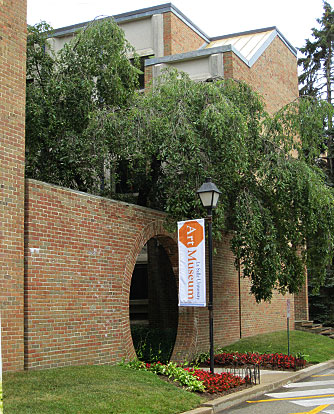 Certainly the University President as been at the focus of attacks on this plan to sell forty-six works from the Museum’s collection through Christie’s this spring. But take a look at the University Museum’s staff directory. It includes only a Director/Chhief Curator, a Curator of Education and Public Programs, and a Collections Manager/Registrar ; no mention of any advisory board or board of trustees. This for a collection of over 4,000 objects whose staff is surely also responsible for strong education initiatives for its college-level audience as well as the local public. Now, take a look at La Salle’s Board of Trustees. We see here the President & CEO Stephen Zarrilli, the University President, Dr. Colleen Hancyz, and then a long list of trustees from education, religious ministry, pharmaceutical, medical, consulting, accounting, investment, technology, and various other business backgrounds. Who’s there to protect the art collection?
Certainly the University President as been at the focus of attacks on this plan to sell forty-six works from the Museum’s collection through Christie’s this spring. But take a look at the University Museum’s staff directory. It includes only a Director/Chhief Curator, a Curator of Education and Public Programs, and a Collections Manager/Registrar ; no mention of any advisory board or board of trustees. This for a collection of over 4,000 objects whose staff is surely also responsible for strong education initiatives for its college-level audience as well as the local public. Now, take a look at La Salle’s Board of Trustees. We see here the President & CEO Stephen Zarrilli, the University President, Dr. Colleen Hancyz, and then a long list of trustees from education, religious ministry, pharmaceutical, medical, consulting, accounting, investment, technology, and various other business backgrounds. Who’s there to protect the art collection?
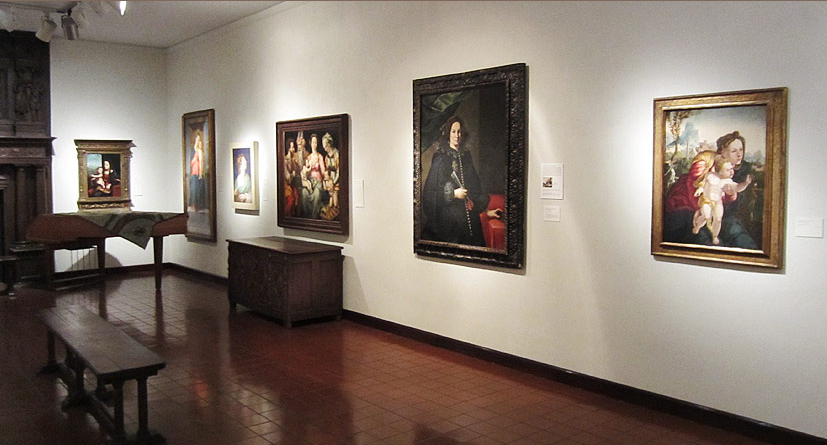
Gallery at La Salle University’s Art Museum. Courtesy: Historic Germantown.
The University has repeatedly declined to comment on the deaccessions and sale. President Hancyz has simply defended the decision by insisting upon its ” significant impact on advancing the student learning experience”. But how does the Musuem’s director feel? “Shocked” is all she’s been able to admit.
How precisely will the learning experience students in the School of Arts & Sciences be impacted by this sale? Is it not they who will most directly utilize the Museum’s collection for the furthering of their own education? La Salle’s Art History Department boasts that it is the only university in the Philadelphia area to have its own permanent display of international paintings, drawings, and sculptures from the Renaissance through today. And for prospective students:
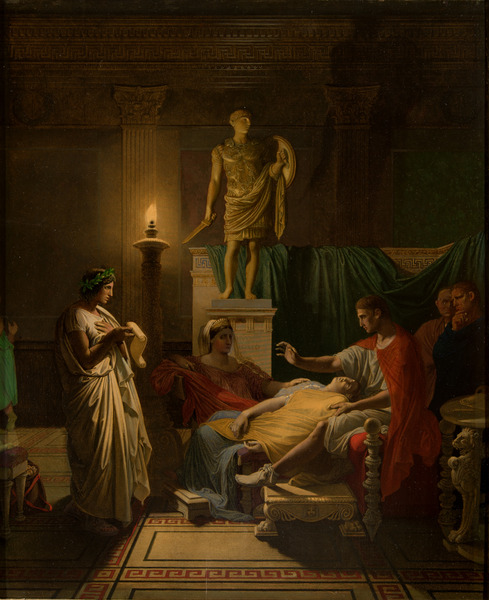
Jean-Auguste-Dominique Ingres, Virgil Reading the Aeneid Before Augustus (1865). Oil over print, engraving by Charles-Simon Pradier. Courtesy: Collection of La Salle University Art Museum.
The mission of the Art History program is to:
• promote visual literacy, which is the ability to interpret and find meaning in objects, artifacts and images;
• foster empathy for others, past and present, through the study of their visual art and culture;
• provide students the critical thinking and writing skills to excel in careers in art history or in other disciplines, and to become life-long learners.
• hire and retain collegial faculty and staff dedicated to the mission of the program and of the university
Department Chair Susan Dixon has signed a letter stating:
“This sale breaks faith with […] Burke’s legacy, as well [as] the integrity of a critical component of our mission – to deepen students’ ethical sensibilities.”
Another department chair has called for a forum on campus to discuss the issue, with the hopes that the proceeds will end up actually being reinvested into the art museum. He has further suggested that the sale is part of the “difficult decisions” being made “to help the university recover from a small freshman class a couple years ago.” The school had a budget deficit of about $12 mil when the current president stepped in three years ago. That is NOT the responsibility of the artworks gifted to students currently studying there.
We’ve requested more information on La Salle’s Board of Trustees and the decision-makers behind the Museum. There does not appear to be a separate Museum Board, nor even an advisory council or a clear representative of the Museum’s interests and initiatives on the Board.
If you are curious about the list of items set to be sold, they reportedly include:
Dame Elisabeth Frink’s sculpture Walking Madonna
Jean-Auguste-Dominique Ingres’ Virgil Reading the Aeneid Before Augustus (1865)
Dorothea Tanning’s Temptation of St. Anthony
Georges Rouault’s Le Dernier Romantique
Albert Gleizes’ Man in the City (L’Homme Dans la Ville)
UPDATE (Feb 6, 2018):
Brian Allen, art historian and former director of the Addison Gallery of American Art at Philips Academy in Andover, MA, writes also on the responsibility of the auction houses involved in sales of art from lesser-known small university museums, a disastrous reality he calls “art-world ambulance chasing”:
I am convinced that Christie’s and Sotheby’s have taken this profile and gone from museum to museum, college to college, looking for weak points. This does not require too much espionage. Based on my own, hardly proprietary, knowledge, I could tell them which collections to target.
Not too long ago, auction specialists saw themselves as connoisseurs and as stewards of their clients, with whom they often built long-term, trusting relationships. It was business, but auction house owners, directors and senior management knew when to put on the brakes. For the sake of their own image, they understood that raiding museum collections is a lowdown business practice. It is sad to see this side of the art market disappear.
The American arts community is vast, principled and noisy. I hope it gathers its might to hold the auction houses to account.
Brian Allen, The Art Newspaper, 5 February 2018
For more: https://www.theartnewspaper.com/comment/auction-houses-must-share-the-blame-for-university-sell-offs



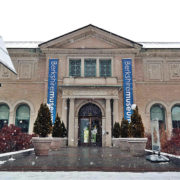
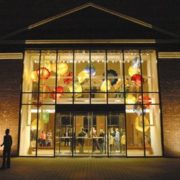
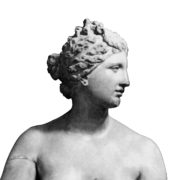
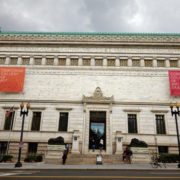
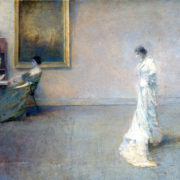
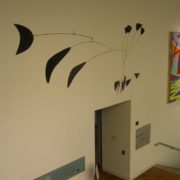


Leave a Reply
Want to join the discussion?Feel free to contribute!